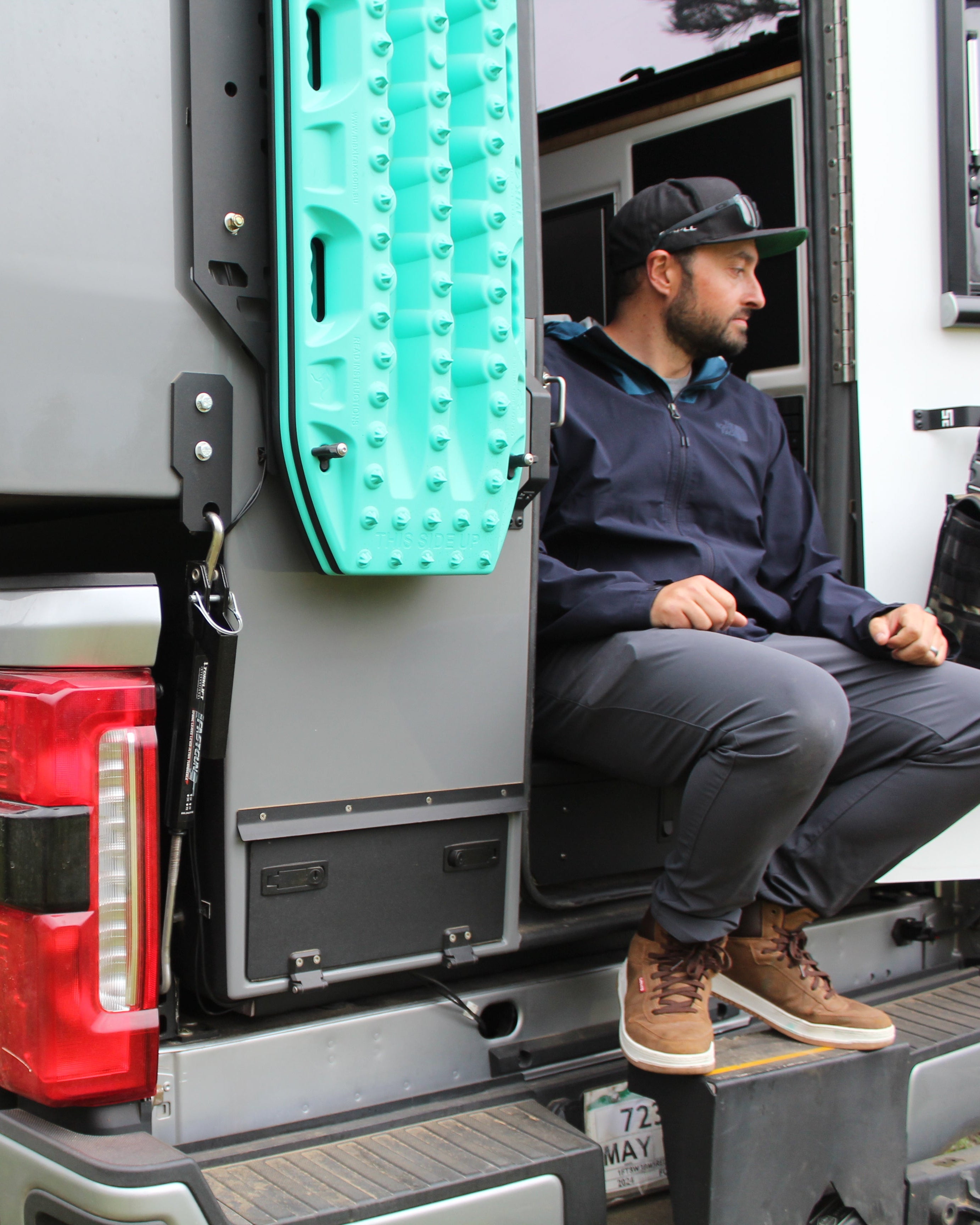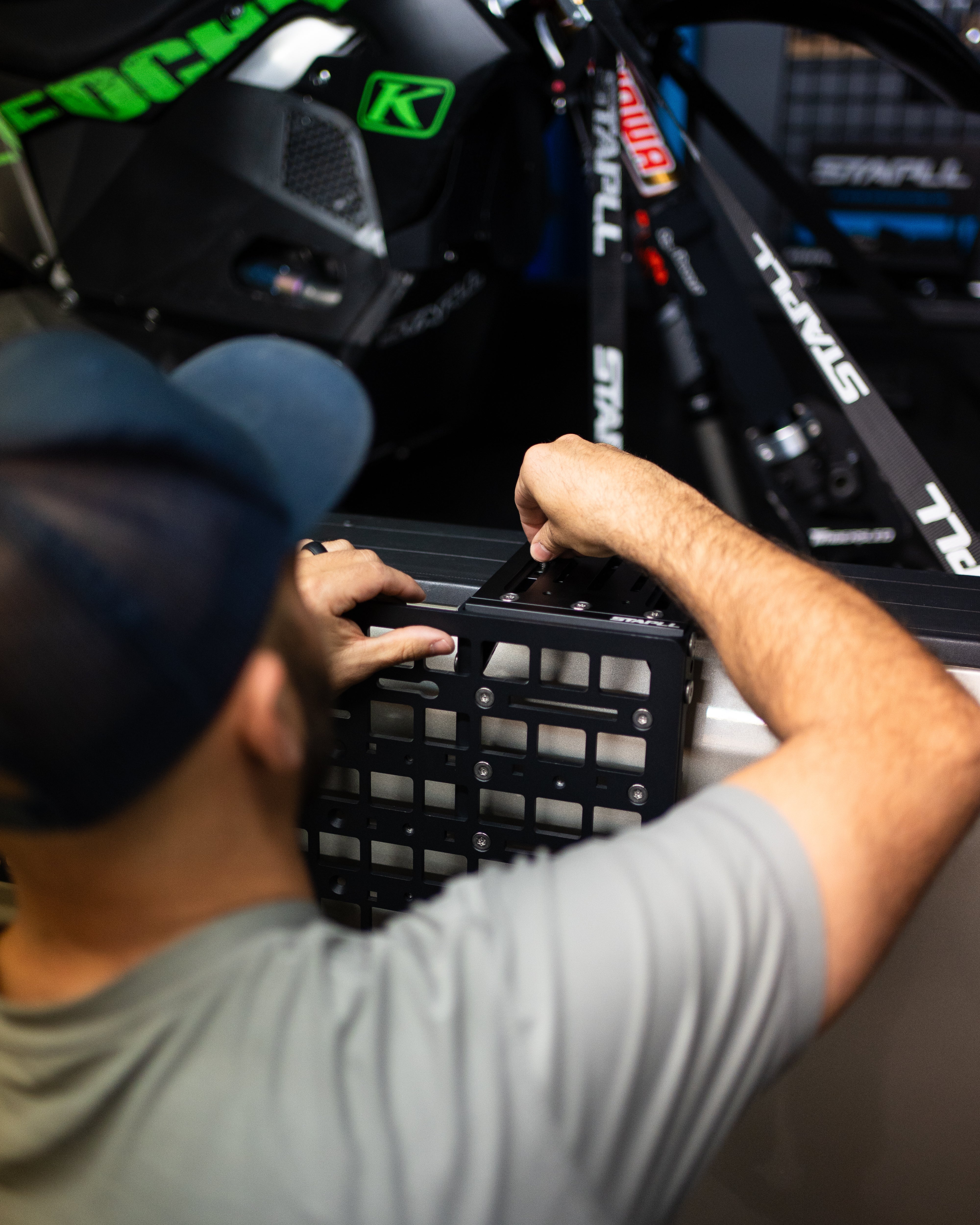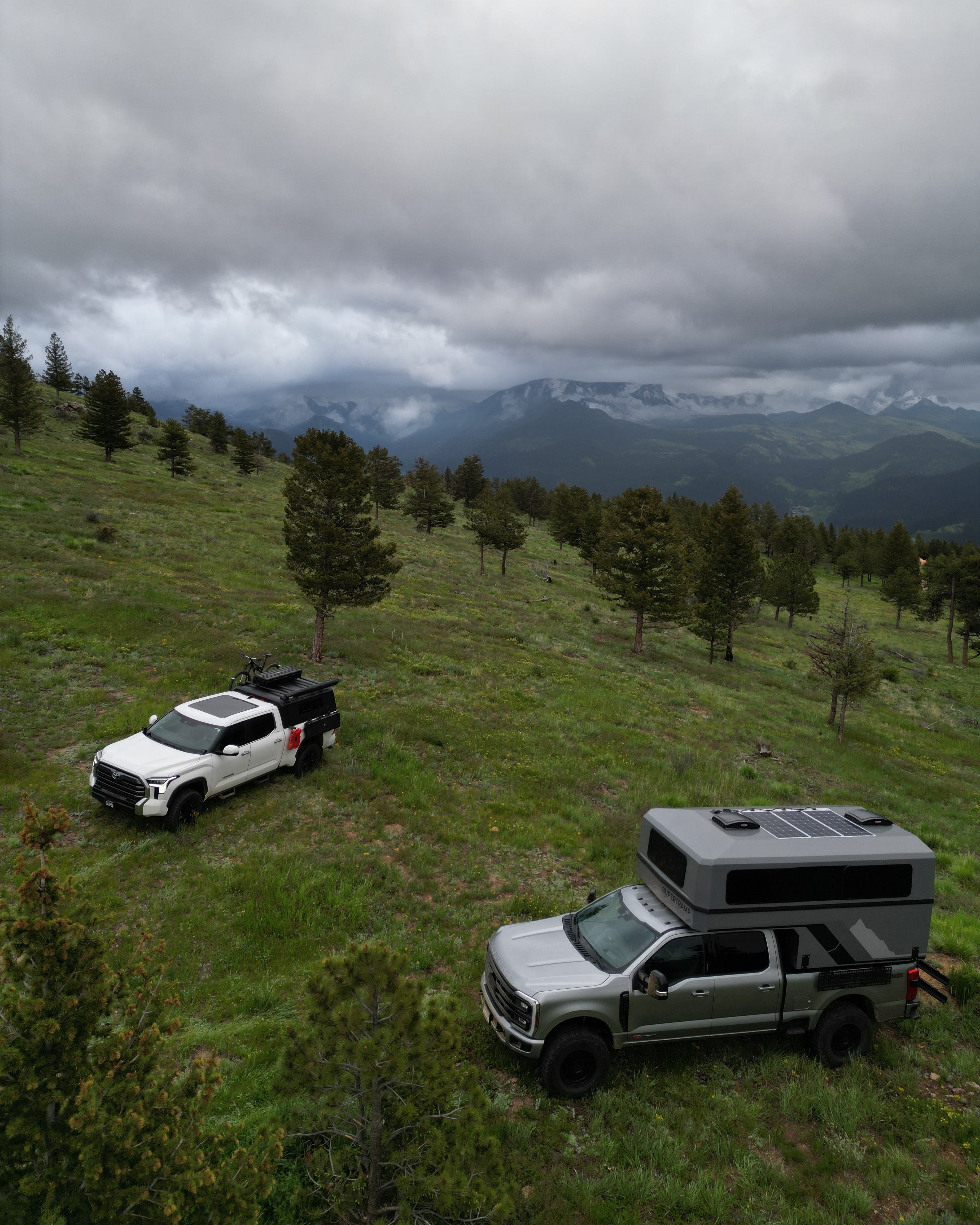Ratchet straps, also known as tie-down straps or load straps, are a versatile and essential tool for securing loads during transportation. While they are commonly used to tie down equipment, furniture, and other large items on trucks and trailers, there are many other creative ways to use ratchet straps. Here are a few wild ideas:
-
Build a temporary shelter: If you're out camping or hiking and find yourself in need of a quick, makeshift shelter, you can use ratchet straps to create a frame for a tarp or other waterproof material. Simply attach the straps to trees or other sturdy objects and use them to hold up the tarp, forming a tent-like structure.
-
Make a slackline: Slacklining is a fun and challenging activity that involves balancing on a narrow, flexible line suspended between two points. You can use ratchet straps to create your own slackline by attaching them to trees or poles and adjusting the tension to your desired level of difficulty.
-
Hang a hammock: Ratchet straps are a great way to hang a hammock, especially if you don't have trees in the perfect spot or if you're camping in an area with no trees at all. Simply attach the straps to a sturdy object on either end and use the ratcheting mechanism to tighten them until they are secure.
-
Create a mobile workspace: Need a temporary workspace that you can move around easily? You can use ratchet straps to create a portable desk or table by attaching a flat surface, such as a piece of plywood, to two sawhorses or other sturdy supports. Simply run the straps through the holes in the plywood and use the ratcheting mechanism to adjust the tension until the surface is level and secure.
There are many other wild and creative ways to use ratchet straps, from securing a bike to a car rack to creating a DIY climbing wall. The possibilities are endless, so don't be afraid to get creative and have some fun with this versatile tool.















Leave a comment
All comments are moderated before being published.
This site is protected by hCaptcha and the hCaptcha Privacy Policy and Terms of Service apply.